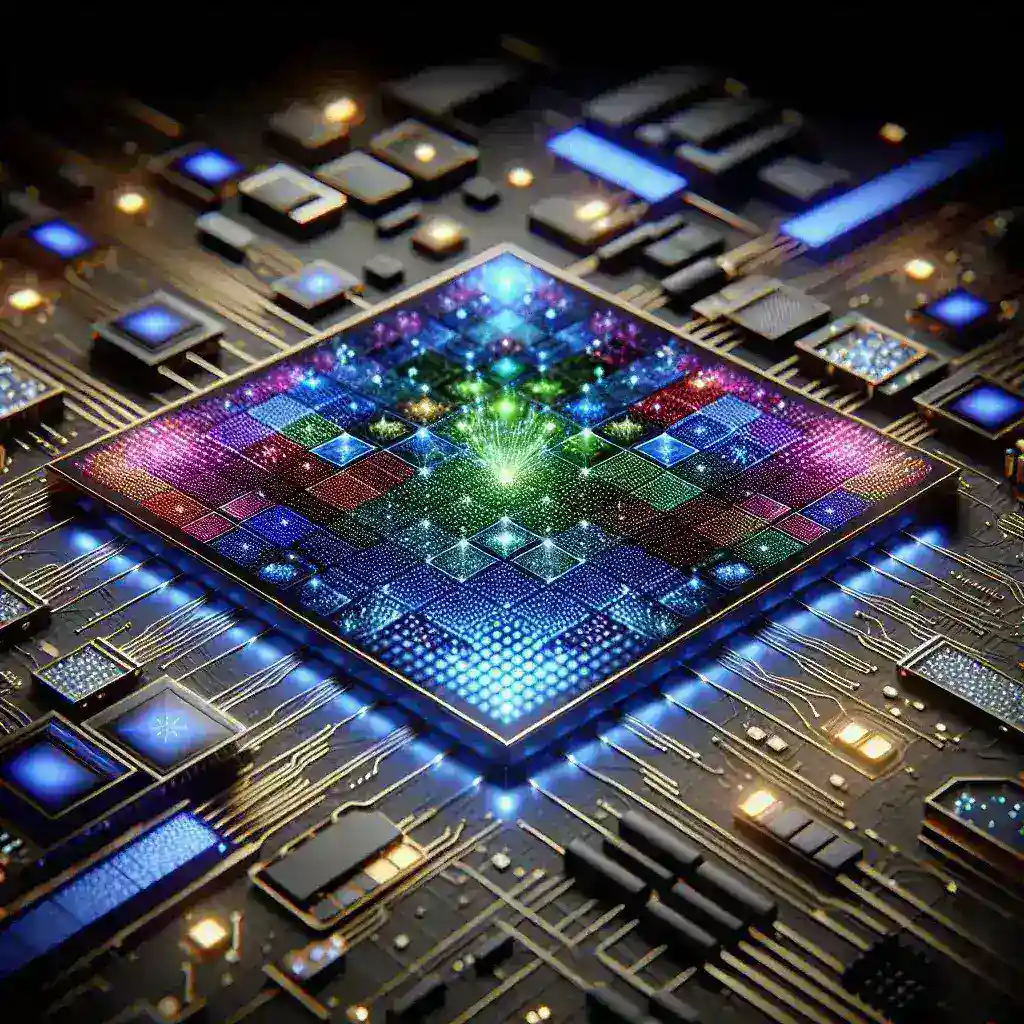OLED stands for Organic Light-Emitting Diode. This cutting-edge display technology has gained significant attention due to its remarkable performance characteristics and advantages over traditional display technologies, such as LCDs and LEDs.
Table: Key Features of OLED Technology
| Characteristic | Description |
|---|---|
| Acronym | Organic Light-Emitting Diode |
| Material | Organic compounds that emit light |
| Light Emission | Self-emissive, no backlight required |
| Flexibility | Can be bent or flexed |
| Color Accuracy | High, with deep blacks and vibrant colors |
| Power Efficiency | High, especially for dark images |
Understanding OLED Technology
OLED technology involves the use of organic compounds that generate light when an electric current passes through them. Unlike traditional LCD (Liquid Crystal Display) technology, which requires a backlight to illuminate the screen, OLED panels are self-emissive, meaning that each pixel generates its own light.
Structure of OLED Displays
An OLED display consists of multiple layers, including the substrate, an anode, organic layers, a cathode, and encapsulation. The key layers are:
- Substrate: The base layer, which can be made of glass, plastic, or flexible materials.
- Anode: A layer that removes electrons when a current flows through the device.
- Organic Layers: These layers are responsible for light emission and consist of conductive and emissive layers.
- Cathode: Supplies electrons to the organic layer, which then recombine with holes to produce light.
- Encapsulation: Protects the organic layers from environmental factors like moisture and air.
Advantages of OLED Technology
Several advantages make OLED a popular choice for modern displays:
Superior Image Quality
OLED displays offer exceptional image quality, with deep blacks, vibrant colors, and wide viewing angles. Because each pixel can be turned off individually, OLED panels can achieve true black and an infinite contrast ratio.
Flexibility and Thinness
The materials used in OLED technology allow for the production of flexible and ultra-thin displays. This leads to innovations like foldable phones and curved screens, providing versatility in design and application.
Power Efficiency
OLEDs are highly power-efficient, especially when displaying dark images. Since black pixels are turned off, the overall power consumption is reduced, making OLED a suitable choice for portable devices and wearables.
Applications of OLED Technology
OLED technology is used in various applications due to its unique properties:
Television and Monitors
OLED TVs and monitors offer superior picture quality with high contrast ratios and color accuracy, making them popular among consumers and professionals.
Smartphones and Tablets
OLED displays are widely used in smartphones and tablets due to their excellent color reproduction, power efficiency, and thin form factor.
Wearable Devices
The flexibility and low power requirements of OLED make it ideal for wearable technology such as smartwatches and fitness trackers.
Automotive Displays
OLED technology is increasingly being used in automotive displays for dashboards, infotainment systems, and heads-up displays due to its durability and superior visual quality.
The Future of OLED Technology
The future prospects of OLED technology are promising. Research and development are focused on improving the efficiency, lifespan, and production scalability of OLED panels. Potential advancements include:
Improved Lifespan
While current OLED displays have a limited lifespan compared to traditional LEDs, ongoing research aims to enhance the durability and longevity of OLED panels.
Cost Reduction
The high production cost of OLED displays is a significant barrier. Advances in manufacturing techniques could reduce costs, making OLED technology more accessible to a broader market.
Innovative Applications
Future applications of OLED technology could include rollable and transparent displays, further expanding their use in various fields such as advertising, architecture, and consumer electronics.
In conclusion, OLED technology stands for Organic Light-Emitting Diode, a breakthrough in display technology known for its superior image quality, flexibility, and power efficiency. With its broad range of applications and potential for future advancements, OLED continues to shape the landscape of digital displays.

